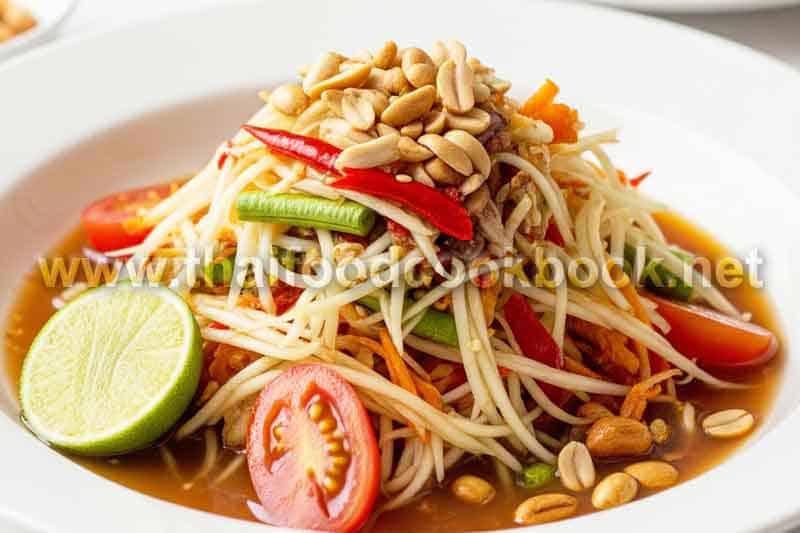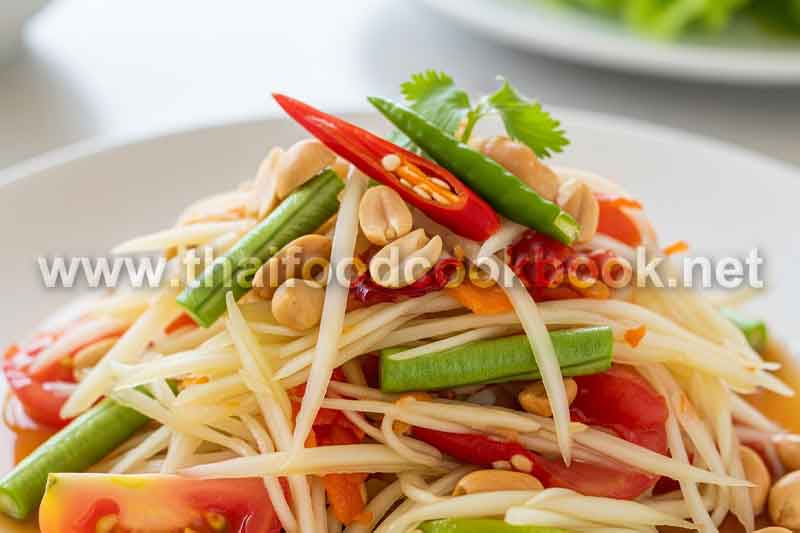Thai Cooking With Only Supermarket Ingredients
Many people assume that cooking Thai food requires a long list of hard-to-find herbs and sauces, but delicious Thai dishes can be made using only ingredients commonly found in a regular supermarket. With a few smart substitutions and a clear understanding of flavor balance, you can recreate classic Thai taste without specialty stores. This makes Thai cooking easier for beginners, students, or anyone living abroad in areas where Asian ingredients are limited. The secret is not copying ingredients perfectly, but replicating the core flavor profile: spicy, salty, sour, and sweet.
Understanding the Core Flavors of Thai Cuisine
Traditional Thai food relies on four main taste components: spicy from chilies, salty from fish sauce or soy sauce, sour from lime or vinegar, and sweet from palm sugar or regular table sugar. When you can match these same taste roles with ingredients found in a supermarket, you can still achieve authentic Thai flavor without specialty condiments. The goal is balance, not perfection — once the four elements complement one another, the dish feels unmistakably Thai.
For example, fish sauce is often seen as essential, but if it’s not available, light soy sauce combined with a hint of anchovy paste or even Worcestershire sauce can replicate a close equivalent. Lime juice can be replaced with lemon or even a dash of mild vinegar when fresh citrus is unavailable. Once you understand the principle of flavor substitution, Thai cooking becomes far more flexible and convenient.
Easy Ingredient Swaps You Can Use Anywhere
Several Thai staples have simple supermarket-friendly substitutes. Kaffir lime leaves can be replaced with lime zest or a mix of lime and basil to mimic the citrus aroma. Lemongrass can be substituted with lemon zest plus a touch of ginger to bring back the fresh brightness. If galangal is unavailable, regular ginger works well, especially in soups and marinades. For sweetness, regular brown sugar is a great stand-in for palm sugar and delivers much of the same depth.
For herbs, if Thai basil isn’t available, a mix of sweet basil with a little mint can produce a similar aroma profile. Coconut milk, now widely stocked in most supermarkets, helps bring authentic richness to curries and soups. Even chili heat can come from fresh chilies, dried flakes, or bottled chili paste — whichever is accessible. As long as you match the role of the ingredient rather than its name, the dish still feels like real Thai food.
Cooking Technique Matters as Much as Ingredients
While substitutions make Thai cuisine more accessible, cooking technique is what gives your dish an authentic feel. Stir-frying aromatics first, layering flavors gradually, and letting sauces reduce slightly to concentrate taste are all important steps. Unlike Western-style stews, Thai dishes rely on quick cooking to preserve aroma and freshness, so timing matters just as much as the ingredients themselves.
Another helpful technique is tasting as you cook — Thai cuisine is adjusted bowl by bowl, not rigidly measured. If the dish needs more brightness, add extra sourness. If it feels thin, strengthen the salty element. This approach is what keeps Thai food lively and dynamic, even when made with simple supermarket ingredients.
Making Thai Cooking Friendly for Every Kitchen
You don’t need a specialty Asian market to start learning Thai cuisine — you only need to understand flavor structure and how to substitute thoughtfully. With everyday supermarket products, you can make pad kra pao using soy sauce and basil, a coconut curry with ginger instead of galangal, or a Thai-style soup using lemon and cilantro in place of kaffir lime leaves.
Once you become familiar with these accessible swaps, Thai cooking becomes less intimidating and far more enjoyable. You gain the freedom to cook anytime, anywhere, without the stress of tracking down specialty ingredients — opening the door to flavorful home-cooked Thai meals no matter where you live.

